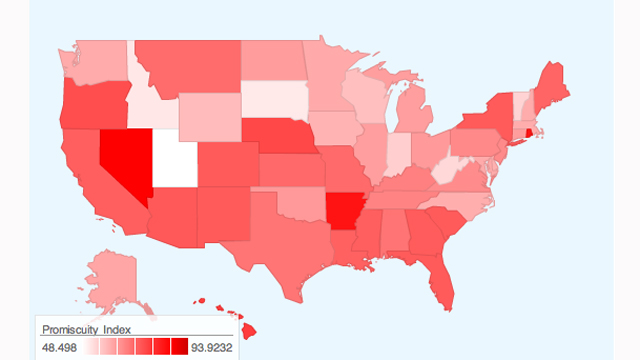We One

I went to a wake earlier this week for the grandmother of a very close friend of mine. I had only seen his grandmother a few times in all the years I’ve known him, but by then she was a legend come to life, the star of a dozen anecdotes I’d heard hundreds of times over the last twenty something years. His grandmother, a native of Jamaica who had lived almost all of her adult life in New York, had not been physically able to get out into the Atlanta community by the time she arrived here in her later years, and so the wake was mostly filled with her offspring and family friends.
After greeting those I knew, I took a seat and drank in the tableau. My friend’s grandmother had given birth to twelve children, and raised one or two more children alongside her own. The offspring of her flock filled much of the funeral chapel, several generations who had dispersed across the country in those patterns familiar to the descendants of Caribbean immigrants—Miami, New York, Atlanta and California.
There were many familiar faces at the funeral chapel, people I had known almost as long as I knew some of my own relatives. But for the most part, these people, who had come by car and plane and the ubiquitous charter bus that often ferried my own relatives from New York back down south for these kinds of occasions, were folks I had never seen before. They were young and old, from all walks of life, all descended from the woman who lay in the casket at the front of the room.
It didn’t take long before I had lost focus on the faces and began to hone in on the unmistakable lilt that rang out from young and old around the chapel. There is a distinctive manner in which the inflections of Jamaica enveloped the English language that has always reminded me of the unique cadence of my own family’s speech patterns, a vernacular that has its origins in South Carolina’s Lowcountry. The man who presided over the wake itself had a very strong, undiluted Caribbean accent which seemed to wrap itself fully around all the syllables of each word, presenting them to the assembled crowd as if they were gifts we could not refuse.
Nasal velarization may be defined as the production of an historical alveolar nasal as a velar nasal next to a correlate of the diphthong /aw/ in syllable-final position (down = dow[ŋ]). This process, unattested in non-creole varieties of English, has been recognized as a feature shared between Gullah-Geechee and Caribbean English-lexified creoles as early as Hancock (1969), although not by that name.
The linguistic status of Gullah-Geechee: Divergent phonologicalprocesses
My own Lowcountry relatives often use a similar style of speech. They do not merely envelope the idiosyncrasies that make up the English language, but often alter its very structure, shortening or lengthening syllables to suit the needs of a speaking pattern that relies heavily on rhythm for emphasis.
As I listened to my friend’s relatives give tribute to his grandmother, it was the sound of their voices, more than the actual words themselves, that summoned memories of the emotional comfort I experienced when I was in the presence of my own relatives under similar circumstances.
In the words of noted sociolinguist Andrée Tabouret-Keller (1998: 315) “[t]he language spoken by somebody and his or her identity as a speaker of this language are inseparable.” A native or first language fosters a sense of belonging to a group: when one is born and raised locally, one typically speaks the local language. Speakers recognize other members of the group that they do not know personally by their speech, among a number of other potential factors such as dress or physical features. Speech patterns serve to identify others as much as ourselves, and we expect the other group to use the same strategy.
Linguistic identity, agency, and consciousness in Creole: Gullah-Geechee and Middle Caicos
In the end, as the people milled about after the short ceremony had concluded, I thought of my own grandmother, a Lowcountry native in her nineties, and what she would say about an experience like this.
“We one.”





